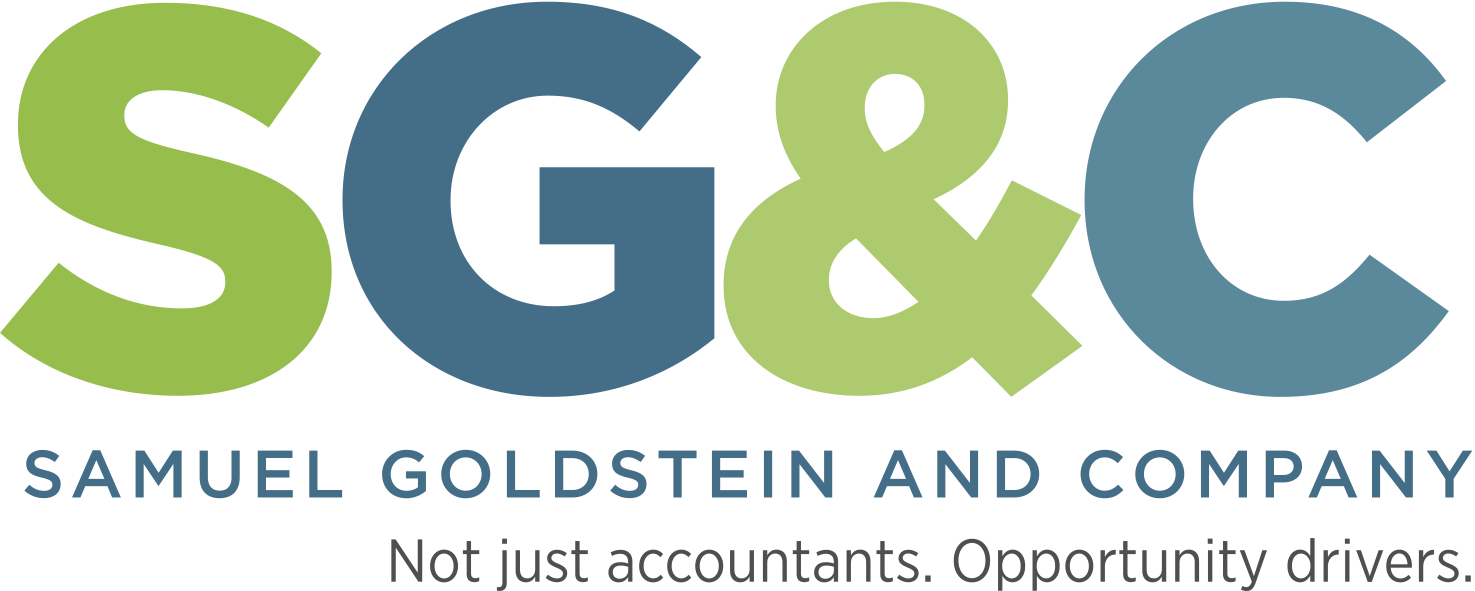Your Financials... The Secret Sauce of Your Business
If you don't understand your financials, you are impeding your ability to grow and prosper. What should you learn about your financial statements? Below is a quick guide to getting started.
Learn about your P&L. A profit and loss statement summarizes your revenues and expenses, showing how much income you've generated and where your money has been spent over a quarter or a year. It also measures your profitability over the period. Comparing P&L statements will show how your revenue and expenses have changed over time and how that has enhanced or diminished profitability. Use your P&L statement to see where your investments in new technology pay off and when you're financially healthy enough to pay yourself more money.
Learn about your balance sheet. A balance sheet reports assets, liabilities and shareholder equity (the amount that owners have invested). It's important to understand how the balance sheet is affected by business decisions and what its strengths and limitations are. The balance sheet represents a specific point in time. It's most helpful when compared with other periods of time and reviewed with the P&L statement.
Learn about your cash flow. Your P&L statement shows how much revenue your business has collected, revealing your expenses and, over time, showing whether your performance is improving. Your balance sheet reveals short- and long-term obligations. Together, your P&L statement and your balance sheet can be used to make short-term projections. In fact, if you have multiple revenue streams, you can see which business lines are more profitable and where you might want to focus your money and attention going forward.
Use your statements to set reachable goals for the coming months. Can you leverage your equity or assets or add a liability to fund a planned expansion? Is growth sustainable? A cash flow statement shows your company's inflows and outflows of cash during a specific period. It tells you whether your company generated or lost cash. An income statement tells you whether your company made a profit.
Keep in mind that your cash flow statement takes your business's net income and any noncash transactions from operations, investing or financing activities into account in order to give you a picture of exactly what happened to your company's cash during a certain period.
And don’f forget that a lot of what contributes to this information can be found by reviewing our BOCA Back Office Client Administration Checklist.
The more time you spend reviewing your P&L statement and balance sheet, the more insights you can draw from them, giving you the power to set concrete, achievable goals for your business's future.
Give us a call to gain context to becoming a smarter, more data-driven business, seeing a more comprehensive view of how your business operates, where it's making money and how to make wise choices regarding expenses.

